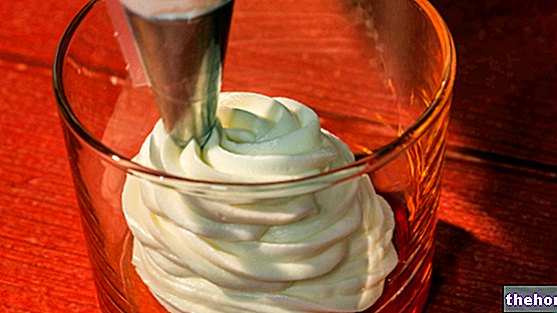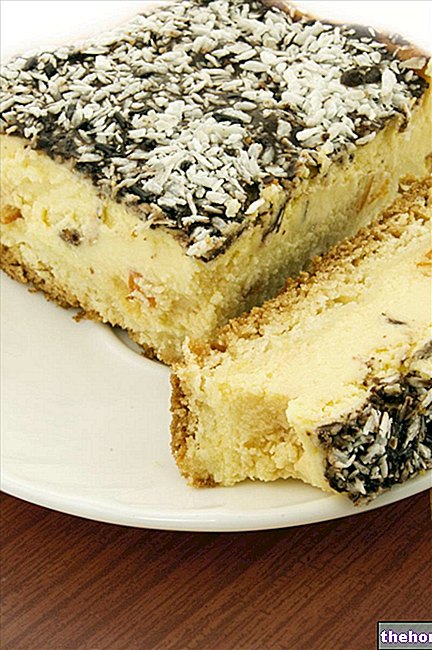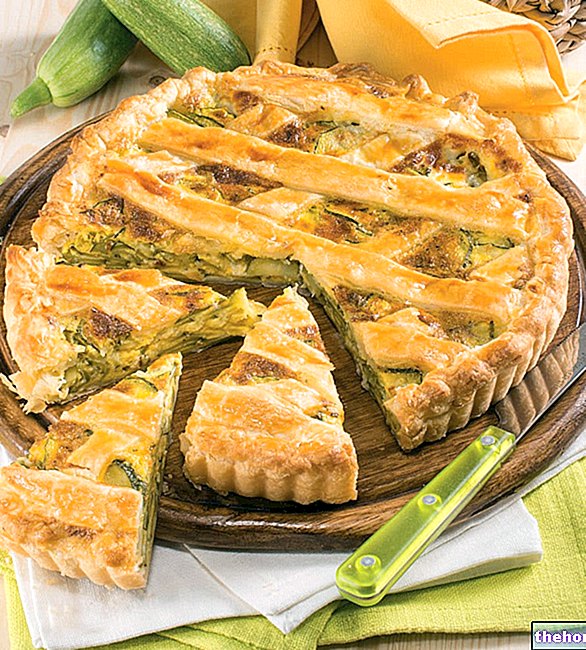A few days ago I was in Murano, in the province of Venice: an enchanting city renowned for its magnificent glass. I observed with my mouth open the glass working: the glass masters execute true works of art!
You may be wondering why I'm talking about glass in my kitchen: because, looking at Murano glass, I wanted to create edible glass. Don't believe it?
We will produce a frosted but edible glass from fructose, a natural sugar extracted from fruit. It melts and vitrifies at sufficiently low temperatures to allow us to work it with our bare hands.
Let us briefly recall that glass is a particular structure of matter that can be obtained by rapidly cooling particular substances in the molten state. In the past, for example, the Phoenicians melted siliceous sands to obtain it. In My-personaltrainer's kitchen, fructose has replaced siliceous sands.
Video of the Recipe
Problems with playing the video? Reload the video from youtube.
Identity Card of the Recipe
- 362 KCal Calories per serving
-
Ingrediants
- Q.b. of fructose
- Q.b. of red-blue dye
Materials Needed
- Double-bottomed saucepan
- Table spoon
- Baking paper
- Long blade or shovel
- Caramelizer
Preparation
- Pour the fructose into a double-bottomed saucepan and melt it while maintaining a moderate flame. During this phase, it is recommended to stir continuously to facilitate the homogeneous melting of the sugar.
- In a few minutes, the fructose takes on a liquid consistency and becomes transparent. Any dyes can be added when the fructose begins to boil. It is recommended to use powder or gel dyes.
Did you know that
To achieve a metallic effect, you can add half a teaspoon of citric acid to the melted fructose.- Turn off the heat and pour the still very hot fructose over a sheet of baking paper, taking care not to burn yourself.
Did you know that
The larger the contact surface, the better the result because the fructose cooling will be uniform and rapid. For this reason, it is advisable to pour in the very hot fructose and to level it with the spoon until a very thin thickness is obtained.- After a couple of minutes, the fructose has reached the ideal temperature to be worked with the hands.
Attention!
Fructose cools quickly, so modeling must be rather quick.- The lukewarm fructose has reached a pasty and easily workable consistency. You can create abstract figures or flowers, hearts, candles, propellers and so on. If the fructose cools too quickly, you can pass it back in the microwave for a few moments and repeat the operation.To make any parts stick between the sugar shapes obtained, the contact points can be melted - therefore "glued" - with the help of a caramelizer.
- The sugar glass is ready and can be used immediately to decorate cakes and sweets.
Alice's comment - PersonalCooker
Creating edible glass with fructose is really fun: try making it with your children and you will confirm for yourself. You can use fructose decorations to embellish cakes, but remember to use it within a few hours to prevent it from absorbing too much moisture. What to say? Good fun!
And if you like the idea of modeling sugar, don't miss the decorations with isomalt.Nutritional values and Health Comment on the recipe
Edible Glass is a sweet food commonly used for decorative purposes. Its quantity in desserts containing it should therefore be marginal.
By virtue of the very high glycemic load and index, sporadic and minor use is recommended.
Edible Glass is not suitable for feeding the diabetic, the hypertriglyceridemic and the overweight subject.




























